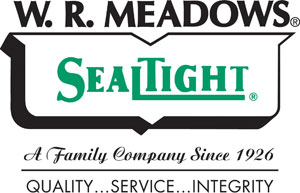10:40 am - 12:00 pm | Room: Sinatra | Session Chair: Helen Stopps
The main objective of this research is to study how a variety of solar control options affect thermal comfort and overheating risks predicted by building energy models. In an effort to ensure thermal comfort in new buildings, the BC Energy Step Code requires the completion of an ASHRAE 55 compliant thermal comfort study using building energy modelling software to determine unmet cooling hours in the building. A large portion of the thermal comfort study requires calculating solar heat gains after taking into account the solar control strategies present in the model – like overhangs, blinds, films and SHGC of the glazing. While the effect of some of these strategies is well understood, there is a lack of understanding as to the performance of blinds, electrochromic glass and shades on improving thermal comfort and mitigating overheating risk. In this paper, the general effect of a variety of blinds is determined, and a comparison of modelling strategies used to determine their performance is given. First, a baseline building with no blinds is modelled in the IES-VE software package to determine the overheating risk of a building with no additional solar control. Secondly, a representative selection of window blind technologies are modelled in the LBNL software THERM to determine SHGC of overall window products according to NFRC Certification methods. These SHGC values for windows are inputted into the baseline building model, and overheating risk is re-calculated. Lastly, the same blinds are modelled directly in IES-VE using the software’s built-in blind modelling capabilities, and the same analysis of overheating risk is conducted. The results of the two different methods are compared alongside the baseline model to determine the general effect of blinds on thermal comfort and overheating.

Veronica is a built-environment professional with experience working as both client and consultant. Her client-side experience includes managing engineering consultants and reviewing their deliverables, as well as contributing to corporate net zero carbon strategies for compliance with wider environmental targets, such as circular economy, Science Based Targets and wellbeing in buildings.
Veronica’s technical know-how stems from her experience utilizing dynamic thermal modelling software to deliver analyses accounting for operational carbon and lately, embodied carbon. She is also experienced in managing environmental and wellbeing certifications sought by blue-chip clients to meet corporate real estate targets, and undertaking bespoke environmental research as needed for each project.
Diamond Sponsor

Emerald Sponsor

Emerald Sponsor
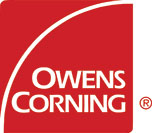
Emerald Sponsor

Emerald Sponsor

Emerald Sponsor

Gold Sponsor

Associate Sponsor
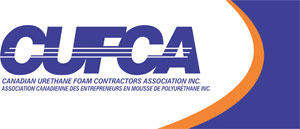
Silver Sponsor

Silver Sponsor

Silver Sponsor

Silver Sponsor

Bronze Sponsor

Bronze Sponsor

Bronze Sponsor

Bronze Sponsor

Bronze Sponsor
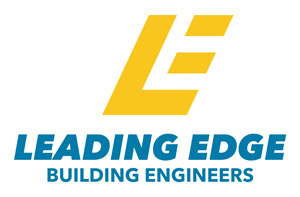
Bronze Sponsor
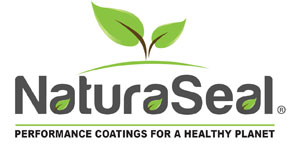
Bronze Sponsor

Bronze Sponsor
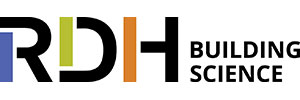
Bronze Sponsor

Bronze Sponsor
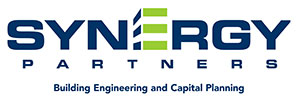
Bronze Sponsor

Bronze Sponsor
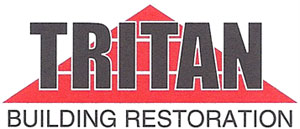
Bronze Sponsor
